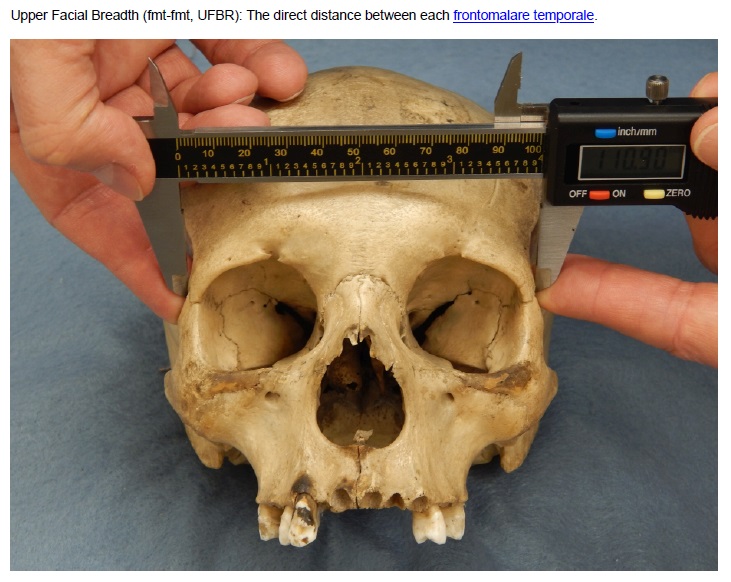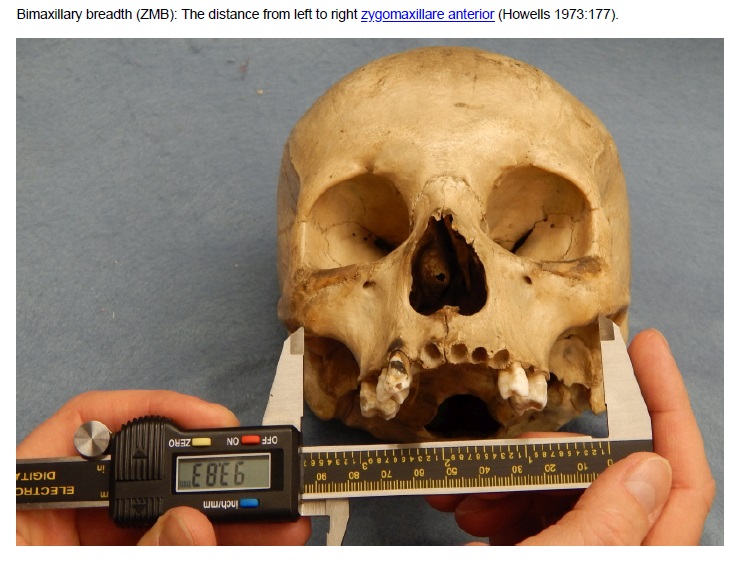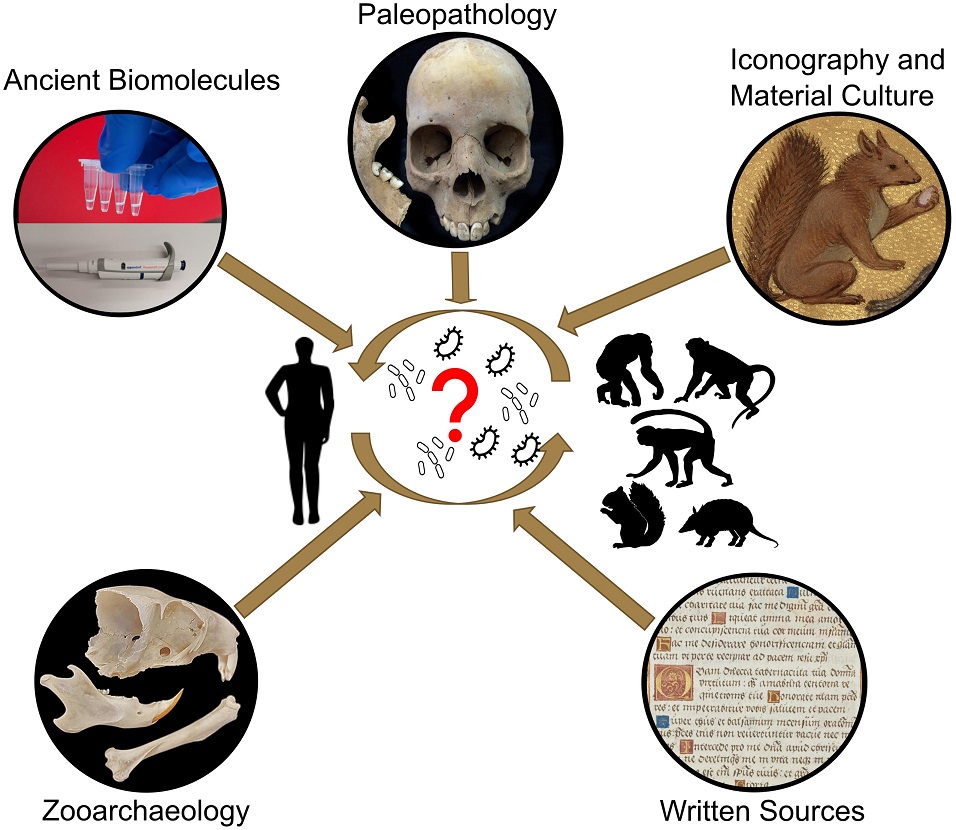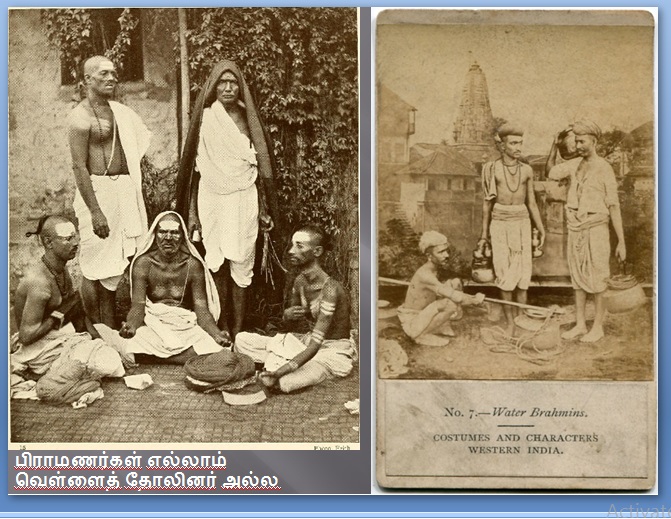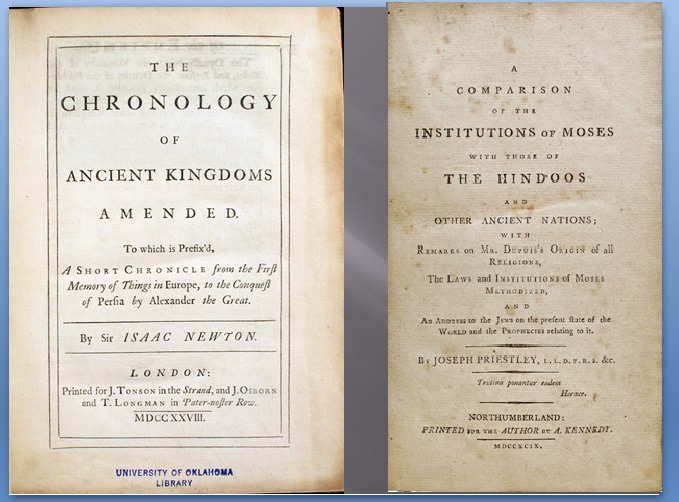Antiquity and Peopling of the Deccan – an Ancient DNA approach – from Archaeology to Technology, but reaching race and eugenics (5)

The European and American struggle against race: The myth of race originated among the whites of the European countries and with them, it spread to the USA also, with “Pilgrim Progress”. Under the guise of scientific studies, such race researches were encouraged and then debunked [1] them as “Man’s most dangerous myth.” It is now generally acknowledged that the term ‘race’ entered English early in the 16th century. This was also the time when the term was acquiring currency in other European languages, for example ‘rassa’ and ‘race’ in French, ‘razza’ in Italian, ‘raca’ in Portuguese, and ‘raza’ in Spanish. By the middle of the 16th century, one common meaning was beginning to gain ground. The Europeans were dividing themselves based on common ancestry, common language, common faith, etc.. Race began to refer to family, lineage, and breed. In modern times also, they pursued such unscientific hypotheses and theories to prove the “white man’s burden.” Even after debunking the race, it has been resurrected through genetics in the sophisticated laboratories. The race hypotheses and theories with related factors of skin colour, skull shape-size, morphology and others are briefly reviewed in the context.

The Caucasian, Europid or Europoid race: The Caucasian race (also Caucasoid, Europid, or Europoid) is a racial classification of humans based on a now-disproven theory of biological race. The Caucasian race was historically regarded as a biological taxon which, depending on which of the historical race classifications was being used, usually included ancient and modern populations from all or parts of Europe, Western Asia, Central Asia, South Asia, North Africa, and the Horn of Africa. Introduced in the 1780s by members of the Göttingen school of history, the term denoted one of three purported major races of humankind (those three being Caucasoid, Mongoloid, and Negroid). In the United States, the root term Caucasian is still in use as a synonym for white or of European, Middle Eastern, or North African ancestry and now it is used by the Indian researchers also.

Nordic race, Nordicism etc: The Europeans also started to find out which nationality was more pure than others with identifiable morphological features. Thus, the concept of Nordic race originated in 19th-century anthropology. It was once considered a race or one of the putative sub-races into which some late-19th to mid-20th century anthropologists divided the Caucasian race, claiming that its ancestral homelands were Northwestern and Northern Europe, particularly to populations such as Anglo-Saxons, Germanic peoples, Balts, Baltic Finns, Northern French, and certain Celts, Slavs and Ghegs. The supposed physical traits of the Nordics included light eyes, light skin, tall stature, and dolichocephalic skull; their psychological traits were deemed to be truthfulness, equitability, a competitive spirit, naivete, reservedness, and individualism. In the early 20th century, the belief that the Nordic race constituted the superior branch of the Caucasian race gave rise to the ideology of Nordicism.

The Nazis claimed that the Nordic race was the most superior branch of the “Aryan race” constituting a master race (Herrenvolk): The belief that the Nordic phenotype is superior to all others was originally embraced as “Anglo-Saxonism” in England and the United States, “Teutonicism” in Germany, and “Frankisism” in Northern France. The notion of the superiority of the “Nordic race” and the superiority of the Northwestern European nations that were associated with this supposed race influenced the United States’ Immigration Act of 1924 (which effectively banned or severely limited the immigration of Italians, Jews, and other Southern and Eastern Europeans) and the later Immigration and Nationality Act of 1952, and it was also present in other countries outside Northwestern Europe and the United States, such as Australia, Canada, and South Africa. By the 1930s, the Nazis claimed that the Nordic race was the most superior branch of the “Aryan race” and constituted a master race (Herrenvolk). The full application of this belief system—the invasion of Poland and further conquest in the pursuit of Lebensraum, ‘living space’—was the immediate catalyst for World War II and led directly to the industrial mass murder of six million Jews and eleven million other victims in what is now known as the Holocaust. Thus, it is amply evident that the Europeans were responsible for the creation of such racial myths leading to the World Wars. Now, again the Europeans and Americans have been trying to match such ideology ith their genetic studies. How the race factors were developed are studied briefly.

The four categorizations of race continue: Natural taxonomic categories of the human species were considered by Linnaeus in 1758 for the classification of race. He differentiated Homo sapiens afar and Homo sapiens Europeans and added four geographical subdivisions of humans:
- White Europeans,
- red Americans,
- yellow Asians, and
- black Africans.
Although Linnaeus intended an objective classification, he used both biological and cultural data in his subdivision descriptions.
Blumenbach. in 1775, categorized humans into five “races,” which is similar to Linnaeus’s classifications. Coon in 1962, on the basis of phenotypic physical features, further refined classification into five races; he called the races as –
- Caucasoid,
- Mongoloid,
- Australoid,
- Negroid, and
- Capoid.
Despite disagreement among anthropologists, this classification remains in use by many researchers, as well as lay persons.
- Caucasoids,
- Mongoloids,
- Negroids, and
- Australoids (Australian aborigines) are four major groups considered in the world.
Even today, these four categories are faithfully and strictly followed by the genetic engineers, hereditary experts and inherent scientists.
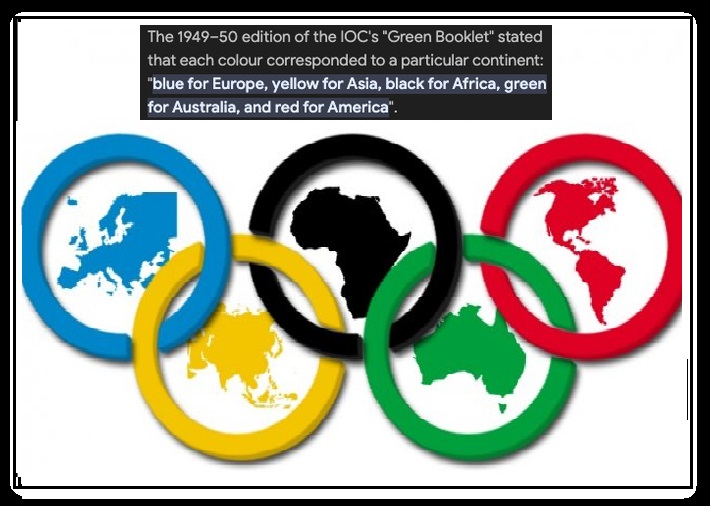
Genetic interpretation of race: The conception of “race” here proposed is based upon the following fundamental postulates:
- that the original ancestral species population was genetically relatively heterogeneous;
- that by migration away from this original ancestral group, individual families became dispersed over the earth;
- that some of the groups thus dispersed became geographically isolated from one another and remained so isolated for more or less considerable periods of time;
(4) that upon all these isolated groups several of the following factors came into play as conditions leading to evolutionary change:
(a) the genetic drift or inherent variability of the genotypic, materials composing each individual member of the group;
(b) physical change in the action of a gene associated, in a partial manner, with a particular character, that is, gene mutation.

Skin Color: Actually, it is because of colour that the Europeans started postulating the race hypothesis slowly developing into a theory. When the European explorers started visiting other countries or the people of other countries visiting their countries, they could notice the change in the skin colours of the Africans and the Asians. Later they could note the colour difference of the Chinese and Americans. While the North Americans appeared reddish, the South American were brownish. Thus, the five colours also formulated to match. Human populations obviously differ in average skin colour. Many people consider skin colour the most important indicator of “race,” and they sometimes treat others differently solely on this basis. But anthropologists, in addition to being critical of prejudice, also note that skin colour is not a good indicator of ancestry. For example, dark skin is commonly found in sub-Saharan Africa. However, natives of southern India have skin as dark or darker than that of many Africans. Yet these people are not closely related to Africans, either genetically or historically. The amount of melanin in the skin seems to be related to the climate in which a person lives. Next to the skin colour, the head played a crucial role in identifying a race.
© K. V. Ramakrishna Rao
21-06-2024

[1] Montagu, MF Ashley. Man’s most dangerous myth: The fallacy of race. Columbia University Press, 1945.
Filed under: academicia, anthropology, anti-brahman, anti-brahmin, anti-caste, anti-hindu, anti-india, anti-indian, anti-vedic, antiquity, ape, archaeological remains, archaeology, Ariyar, Aryan, australia, australian, australoid, bio anthropology, black, Brahmi, Brahmi script, caucasoid, chalcolithic, chinese, chromosome, chronology, colour, Damila, Dravida, Dravidam, dravidar, Dravidi, Dravidian, dravidian model, dravidian monkey, dravidian stock, ethnicity, ethnology, ethnos, evolution, forensic anthropologist, forensic anthropology, forensic expert, Forensic Medicine, genetics, geoarchaeology, geometry, German, Harappa, indus symbol, indus valley, invader, invasion, invention, nationalism, nationality, negritude, negro, negroid, nizam, nordic, Oesteology, ontology, paleobotanical research, paleolithic, paleontology, phylogeny, Sangam literature, sivapithecus, siwalik, skeletal remain, skeletal remains, superior race, tool, transmigration, white, xenophobia | Tagged: arya, aryan, aryan blood, aryan invasion, aryan myth, aryan problem, aryan race, aryanism, australoid, bio-genetics, black, black man, caucasoid, colonialism, colour, critical-race-theory, dark skin, epigenetics, eugenetics, gene, genetic studies, genetics, history, mongoloid, negro, negroid, race, racism, skin colour, White city, white man, white skin, whiteman | Leave a comment »






